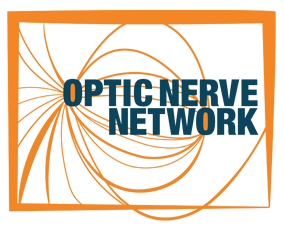Microbiol Spectr. 2023 May 25:e0011723. doi: 10.1128/spectrum.00117-23. Online ahead of print.
ABSTRACT
Bovine herpesvirus 1 (BoHV-1), an important bovine viral pathogen, causes severe disease in the upper respiratory tract and reproductive system. Tonicity-responsive enhancer-binding protein (TonEBP), also known as nuclear factor of activated T cells 5 (NFAT5), is a pleiotropic stress protein involved in a range of cellular processes. In this study, we showed that the knockdown of NFAT5 by siRNA increased BoHV-1 productive infection and overexpression of NFAT5 via plasmid transfection decreased virus production in bovine kidney (MDBK) cells. Virus productive infection at later stages significantly increased transcription of NFAT5 but not appreciably alter measurable NFAT5 protein levels. Virus infection relocalized NFAT5 protein and decreased the cytosol accumulation. Importantly, we found a subset of NFAT5 resides in mitochondria, and virus infection led to the depletion of mitochondrial NFAT5. In addition to full-length NFAT5, another two isoforms with distinct molecular weights were exclusively detected in the nucleus, where the accumulation was differentially affected following virus infection. In addition, virus infection differentially altered mRNA levels of PGK1, SMIT, and BGT-1, the canonical downstream targets regulated by NFAT5. Taken together, NFAT5 is a potential host factor that restricts BoHV-1 productive infection, and virus infection hijacks NFAT5 signaling transduction by relocalization of NFAT5 molecules in cytoplasm, nucleus, and mitochondria, as well as altered expression of its downstream targets. IMPORTANCE Accumulating studies have revealed that NFAT5 regulates disease development due to infection of numerous viruses, underlying the importance of the host factor in virus pathogenesis. Here, we report that NFAT5 has capacity to restrict BoHV-1 productive infection in vitro. And virus productive infection at later stages may alter NFAT5 signaling pathway as observed by relocalization of NFAT5 protein, reduced accumulation of NFAT5 in cytosol, and differential expression of NFAT5 downstream targets. Importantly, for the first time, we found that a subset of NFAT5 resides in mitochondria, implying that NFAT5 may regulate mitochondrial functions, which will extend our knowledge on NFAT5 biological activities. Moreover, we found two NFAT5 isoforms with distinct molecular weights were exclusively detected in the nucleus, where the accumulation was differentially affected following virus infection, representing a novel regulation mechanism on NFAT5 function in response to BoHV-1infection.
PMID:37227295 | DOI:10.1128/spectrum.00117-23
